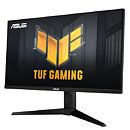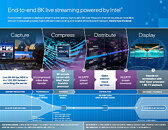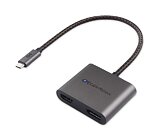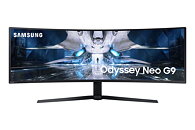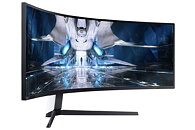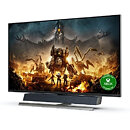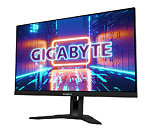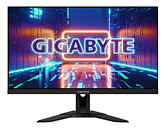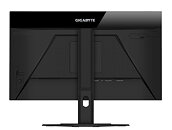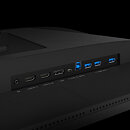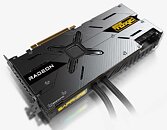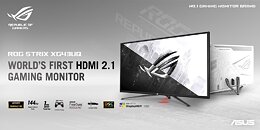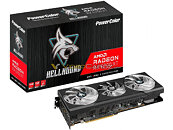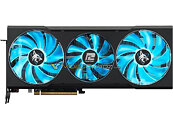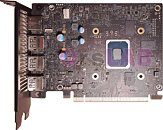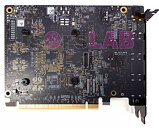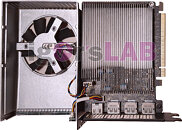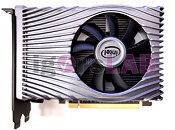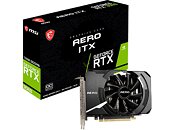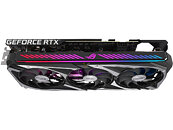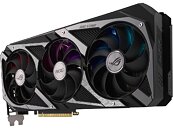
MSI Optix MPG321UR-QD 4K 144Hz Monitor Launches in Japan
4K gaming monitors that are hitting 144 Hz or more seems to be a thing this year and not to miss out on its chance to get its share of the market, MSI has launched the Optix MPG321UR-QD in Japan, with the rest of the world likely to follow soon. The display was actually announced back in June, alongside a range of other new displays from MSI, but is only making it into retail by the end of this month.
MSI is using a quantum dot IPS panel with a resolution of 3840x2160 that offers a DCI-P3 colour gamut coverage of 97 percent. The 32-inch screen supports a refresh rate of 144 Hz, a response time of 1ms (MPRT) and is G-Sync compatible. It also sports a Display HDR 600 certification, which suggests that it has some kind of zoned backlighting. Inputs consist of two HDMI 2.1 ports, a DisplayPort 1.4a port and a USB-C port which has DP-alt mode support.
MSI is using a quantum dot IPS panel with a resolution of 3840x2160 that offers a DCI-P3 colour gamut coverage of 97 percent. The 32-inch screen supports a refresh rate of 144 Hz, a response time of 1ms (MPRT) and is G-Sync compatible. It also sports a Display HDR 600 certification, which suggests that it has some kind of zoned backlighting. Inputs consist of two HDMI 2.1 ports, a DisplayPort 1.4a port and a USB-C port which has DP-alt mode support.












